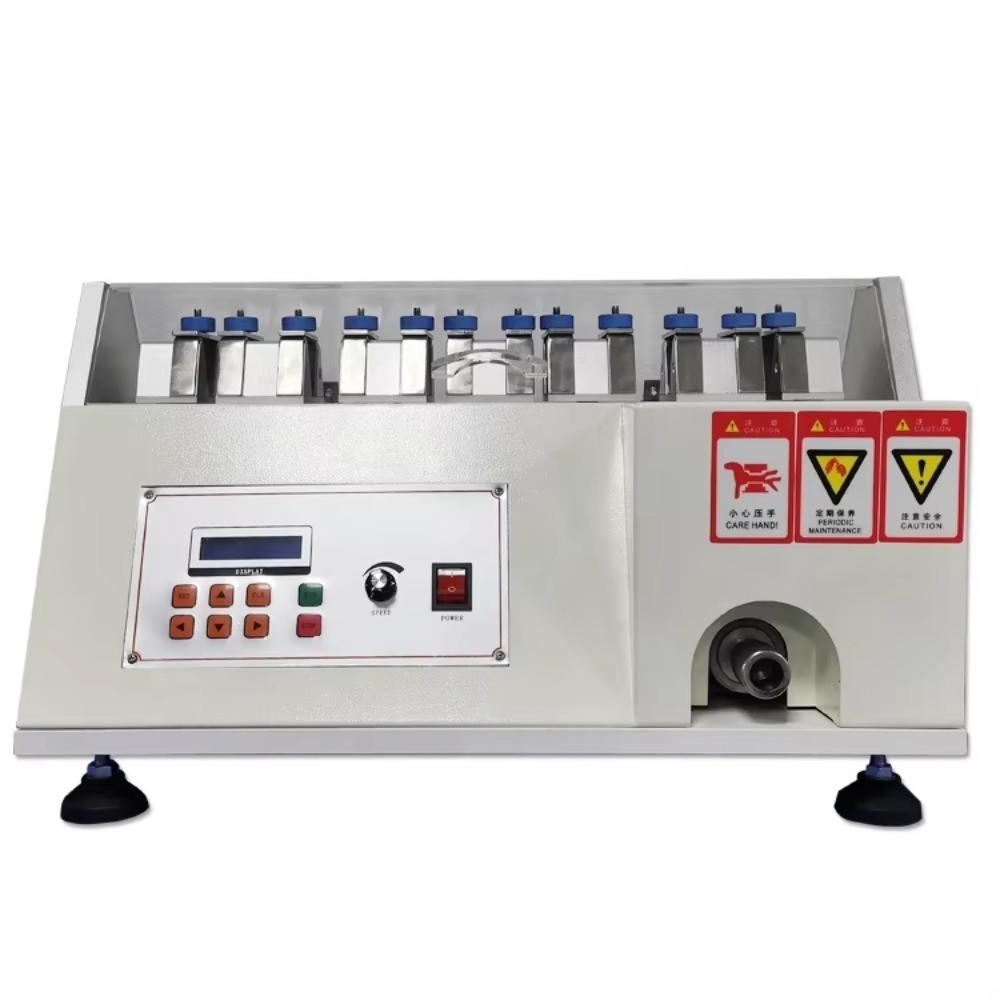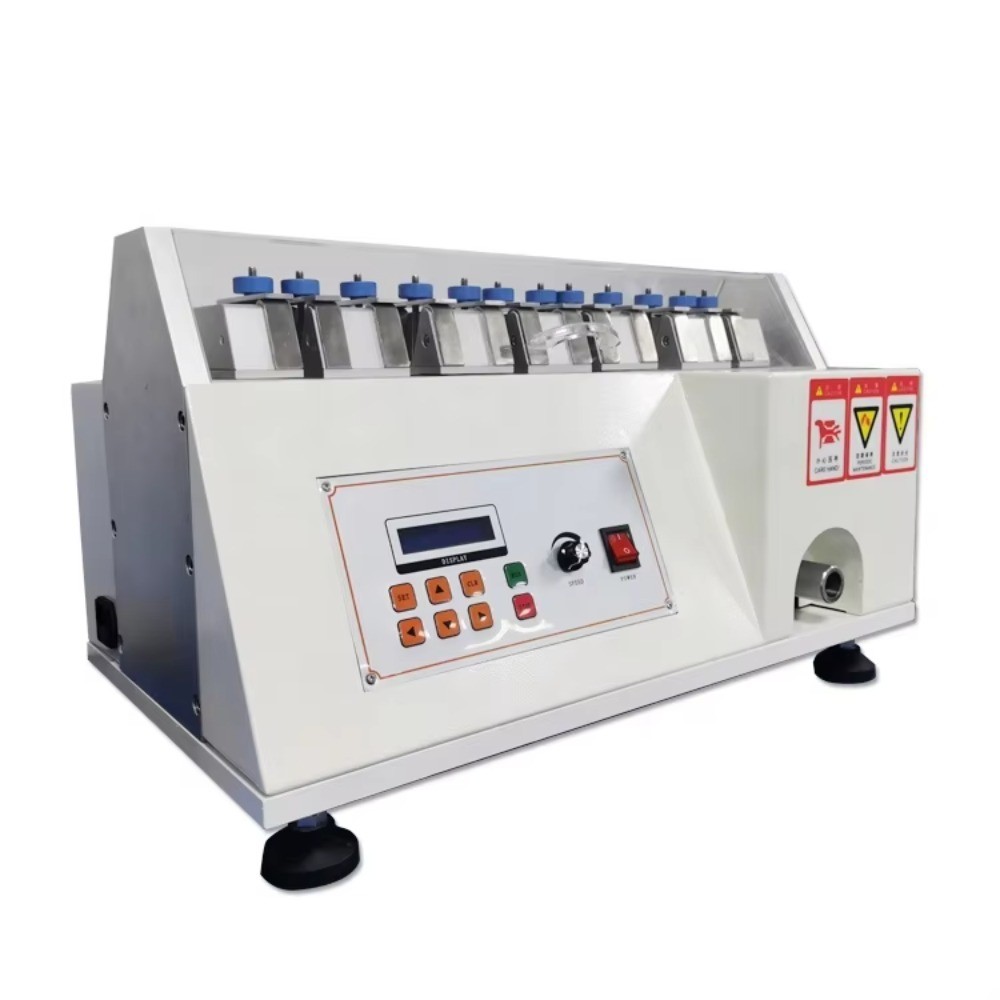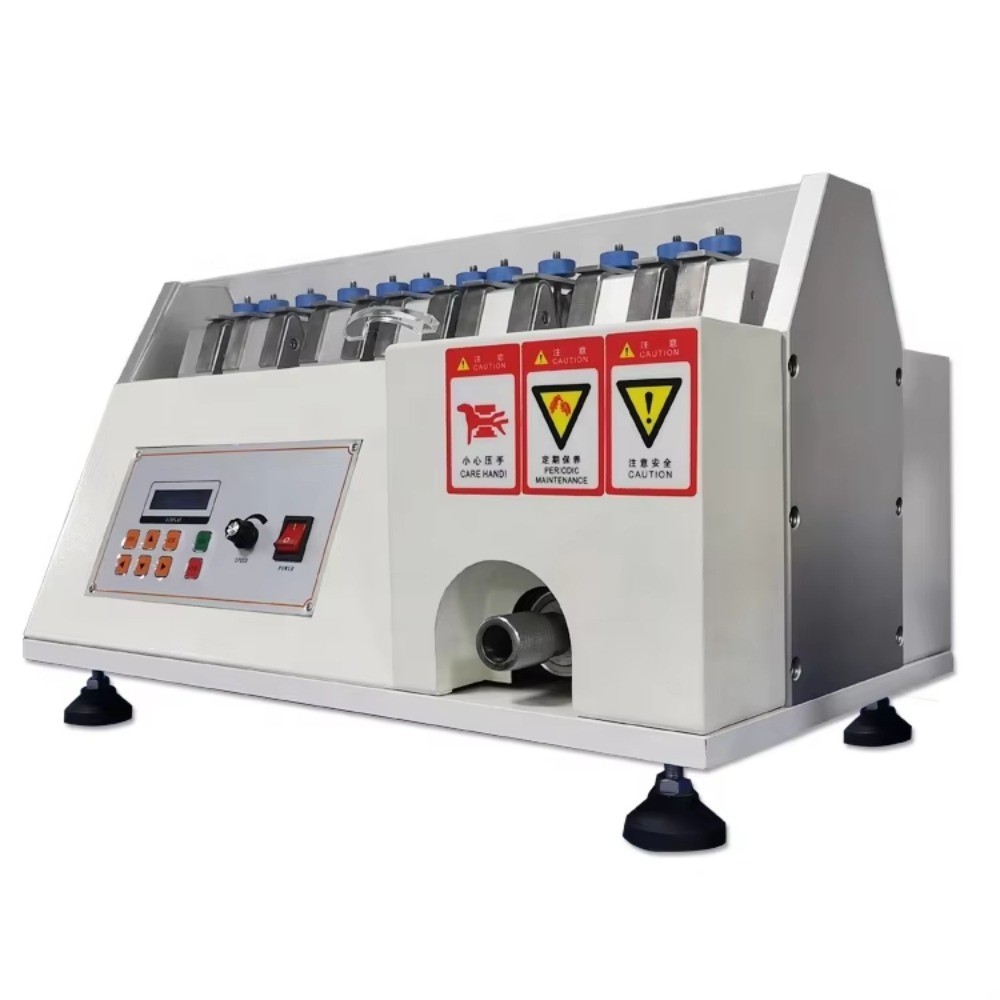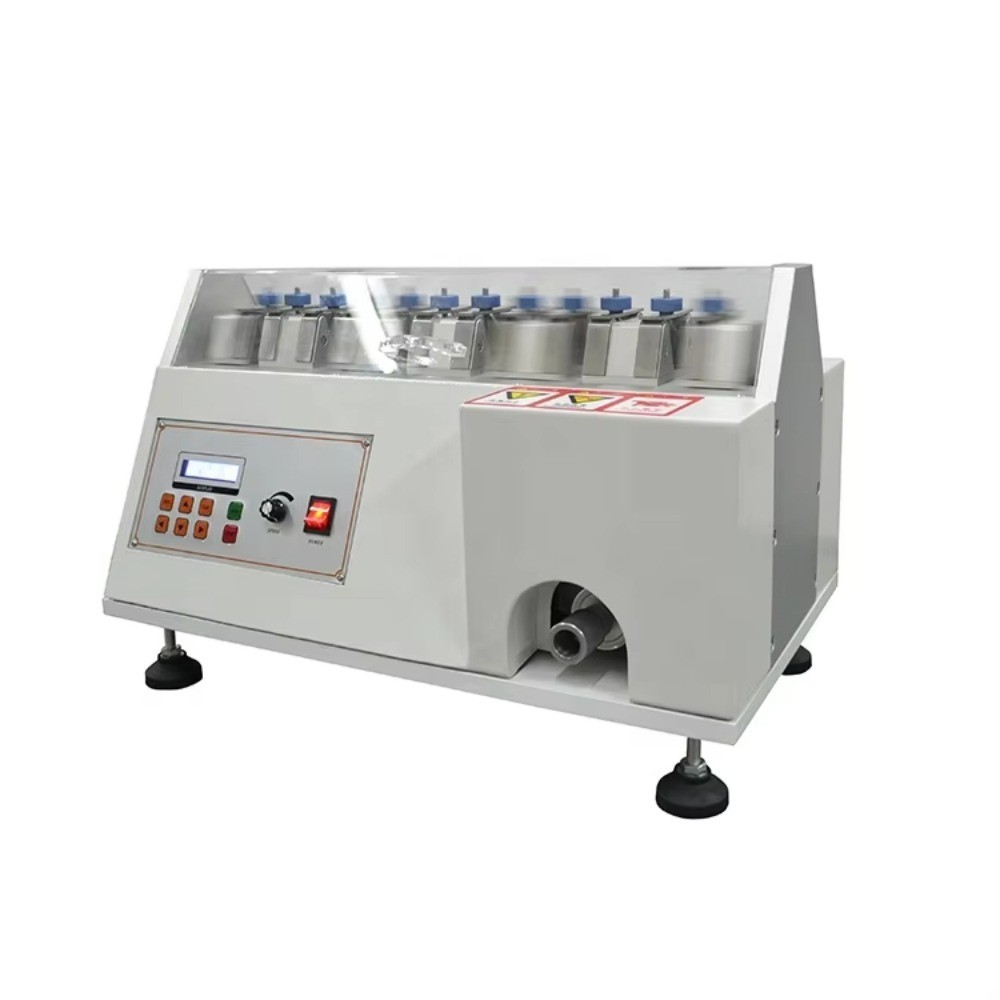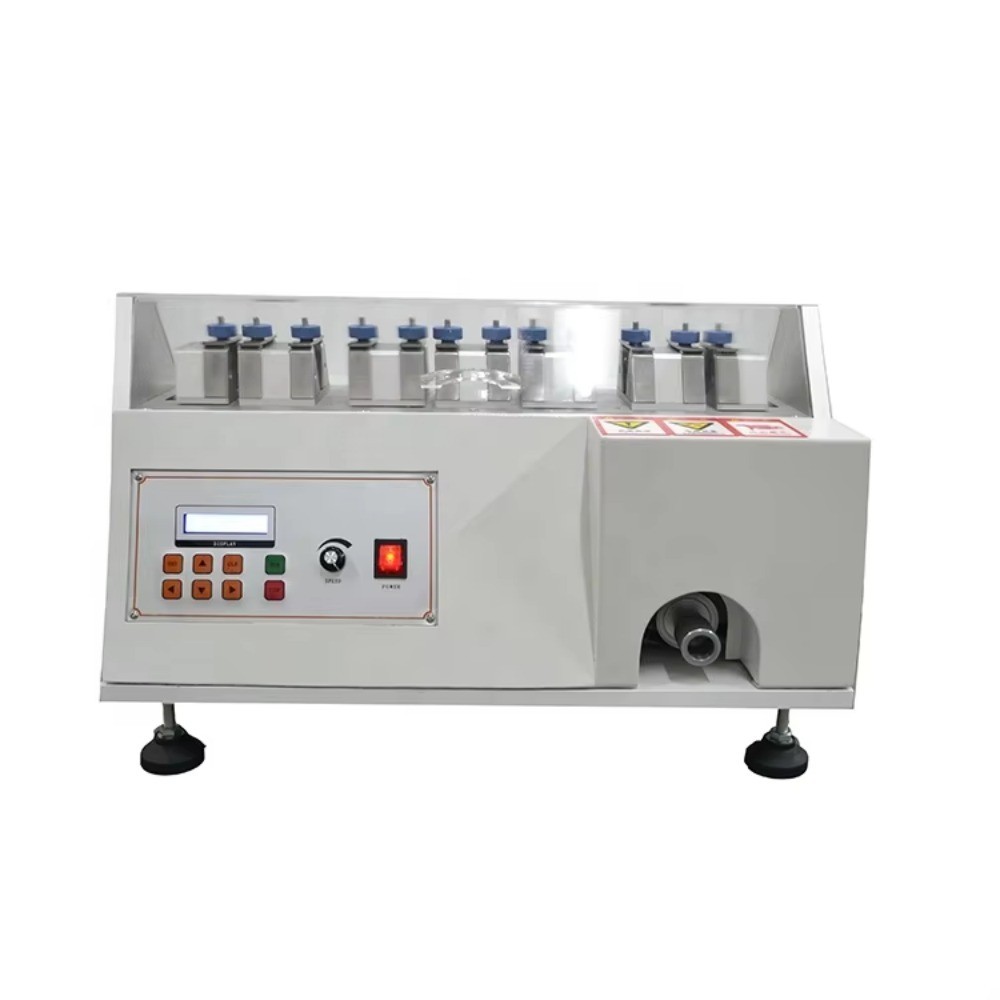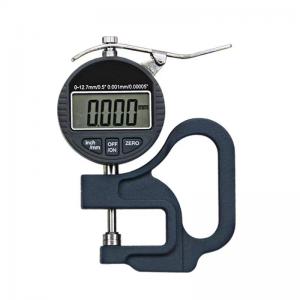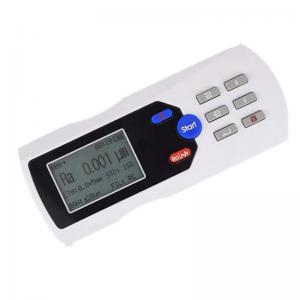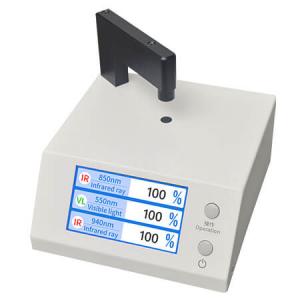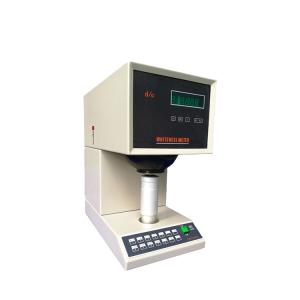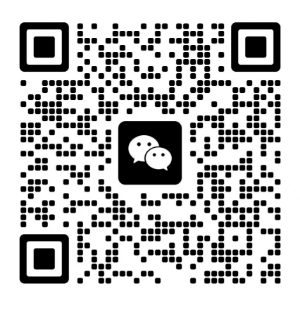Shoes & Upper Material Flex Tester
- Product Item : ZYFT-300
- Category: Other
- Flexure Resistance Tester
- Flex Tester
- Flexure Testing Machine
- Product description:The upper buckling tester is used to determine the tendency of a material to crack or otherwise fail at buckling creases, but can also be used to assess whether the leather is likely to produce salt.
Product Introduction
The upper buckling tester is used to determine the tendency of a material to crack or otherwise fail at buckling creases, but can also be used to assess whether the leather is likely to produce salt. In particular, the test simulates the condition of the upper part of the footwear during walking. The test can be performed at room temperature with wet or dry samples. This method applies to all flexible materials, especially those used to make outfits and linings for footwear uppers, such as leather, coated fabrics, and textiles.
Working Principle
A square sample of material is folded on two inverted V-clamps. The fixtures are able to move relative to each other, allowing the sample to bend to create a downward crease that is surrounded by four upward creases as they get closer. During the test, the fixture oscillates at a constant speed to bend the sample repeatedly. After a predetermined number of cycles, stop the test and visually inspect the sample for signs of damage or salting.
Standards
|
EN ISO 20344-2004 Section 6.5.2 |
EN ISO 22288 |
|
ISO 5423 Chapter 5.2 |
Satra TM25 |
|
GB/T 20991 Section 6.5.2 |
GB/T 20991 Section 6.5.2 |
|
AS/NZS 2210.2 section 6.5.2 |
|
Technical Data
|
Model |
ZYFT-300 |
|
Product Name |
Upper material flex testing machine |
|
Clamps |
40 ± 1 ° V-shaped |
|
Number of samples |
12 pieces |
|
Bending distance |
(19 ± 1.5)mm |
|
Bending speed |
(300 ± 30)cpm |
|
Sample size: |
(64 ± 1)*(64 ± 1) mm |
|
Counter: |
LCD 0- 999,999 |
|
impetus |
220V 50Hz |
CATEGORIES
- Textile Testing Equipment
- Paint,Coating&Ink
- Paper, Packaging & Print
- Plastic tester machine
- Whiteness Meter
- Environmental Test Chamber
- Color and Gloss meter
- Color Assessment Cabinet
- Metal Testing Instrument
- Particle Size and Shape Analyzer
- Coating Thickness Gauge
- Electronic Balance
- Tensile Testing Machine
- Density Meter
- Color Fan Deck
- UV Spectrophotometer & Spectrometer
- Other
LATEST NEWS
Contact
CONTACT USName: Jennifer Zhang
Mobile:+86 13336040868
Tel:+86 13336040868
Whatsapp:+86 13336040868
Email:sales@iqctest.com
Add:No.51 of Xiba Road,Wuchang Street, Yuhang District, 311100 ,Hangzhou City, China
